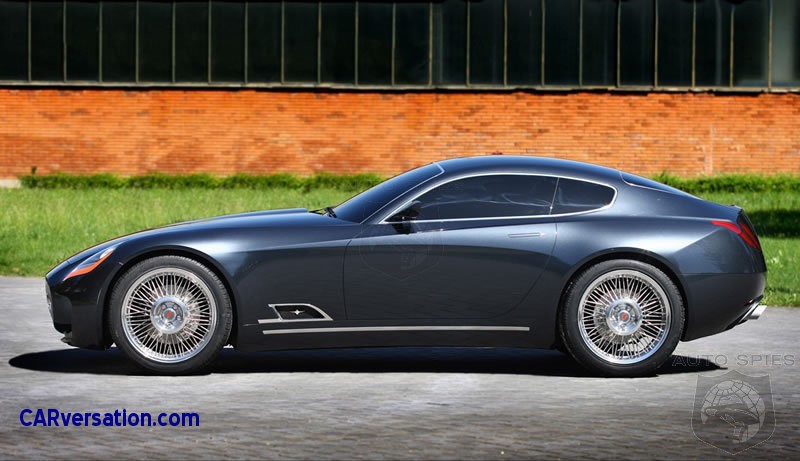

Thanks to Hyper Threading, the processor can execute up to four threads simultaneously. The CPU consists of two processor cores clocked at 1.0-2.6 GHz (2-core Turbo not specified yet). The Intel Core m3-7Y30 is a very efficient dual-core SoC for tablets and passively cooled notebooks based on the Kaby Lake architecture and was announced in the end of August 2016. Therefore it has a Turbo Boost max frequency of 3.7 GHz for 1 coreĪnd 3.5 GHz fore when both 3 and 4 cores are active.Intel Core m3-7Y30 ► remove from comparison Similarly, the Sandy Bridge-based quad-core i7-2960XM has a base frequency of 2.7 GHz and Turbo Boost Bin Upside of 10, 9, 8, and 8. Therefore it has a Turbo Boost max frequency of 2.9 GHz for 1 core It also has a Turbo Boost Bin Upside of 11 and 8. The Sandy Bridge-based dual-core i7-2677M has a base frequency of 1.8 GHz. The value is the ratio (or multiplier) of BCLK.įor examples as to how it's done, see dump_nhm_turbo_ratio_limits(), dump_ivt_turbo_ratio_limits(), and dump_hsw_turbo_ratio_limits(). The information about the upper limit of Turbo Boost for a specific processor can be obtained programmatically through the use of the Model-specific register. The turbo frequency per each number of active cores is some multiple (called a bin upside) of the base clock, which is listed below. The upper frequency limit depends on the active core count and the microarchitecture's BCLK. When Turbo Boost is active on a single core, it's active on all cores. The amount of time the processors remains in Turbo Boosts depends on the workload and OS requests. Additionally, Turbo Boosts operates under the operating system's control and is engaged automatically when the OS requests the highest performance state ("P0"). Some BIOS may allow for Turbo Boost to be disabled or enabled. C3) in an attempt to beef up performance also has the counter-consequence of potentially reducing single-core performance (as that prevents Turbo Boost from reaching maximum allowable frequency). The notion of active cores is important because disabling ACPI (e.g. (Note that if the thermal and electrical limits have been exceeded, Turbo Boost will be limited even further). For example, a dual-core 2 GHz MPU may allow a boost of 266.66 MHz (to 2266.66 MHz) when a single core is active but only 133.33 MHz (to 2133.33 MHz) when two cores are active. Generally, the more active cores, the lower the highest clock frequency Turbo Boost can allow as it's easier to exceed various electrical limits. The number of active cores, which Intel defines as cores in "C0" or "C1" states ("C3" and "C6" states are 'inactive'), dictates the upper limit. The decision to kick into turbo boost is automatic and algorithmic in nature based on a number of factors such as: estimated current consumption, estimated power consumption, core temperature, and the number of active cores. Under various workloads, especially ones that are relatively low in power demands and are lightly threaded or not threaded at all, the processor can take advantage of the headroom by increasing the clock frequency - while staying within thermal and electrical limits. This feature is only available on Intel microprocessors that support Turbo Boost and have the feature enabled and supported (e.g.

Turbo Boost 2.0 was introduced later in 2011 in the Sandy Bridge microarchitecture. It was consequently introduced in the Nehalem microarchitecture. Turbo Boost Technology 1.0 was first introduced announced in a white paper Intel published in November 2008. 2.1 Upper limit based on active core count.


 0 kommentar(er)
0 kommentar(er)
